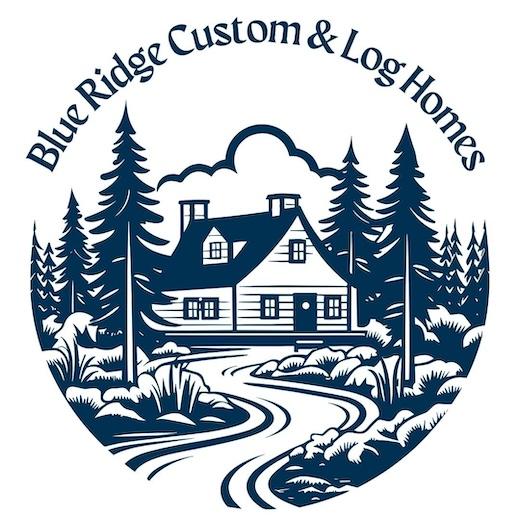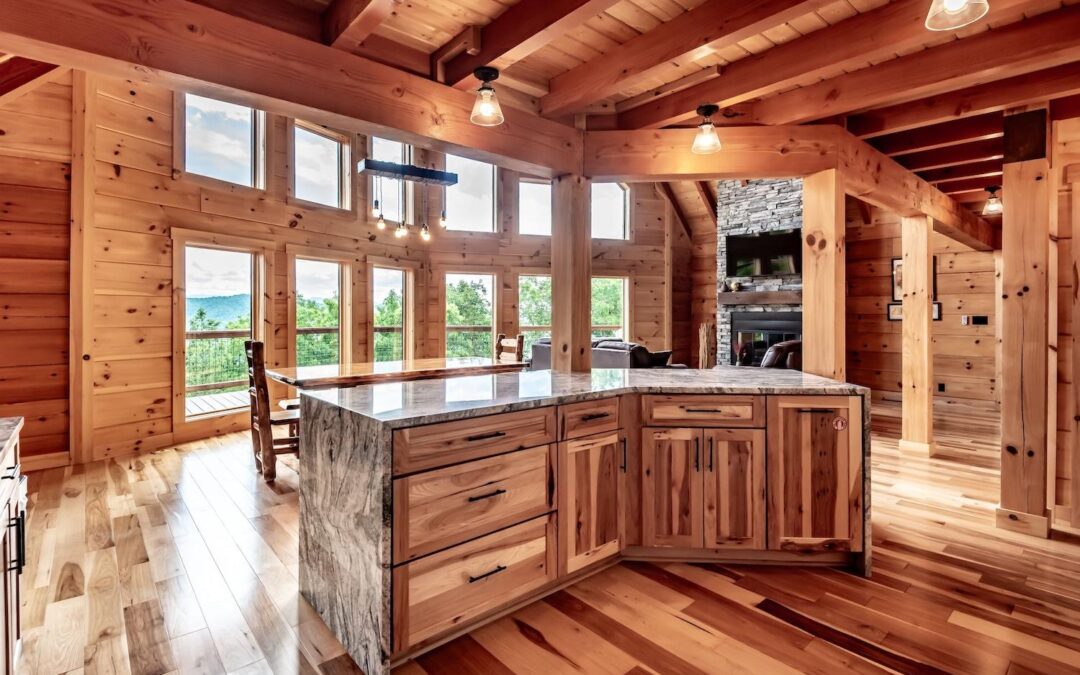Moving into and designing a log home that is both beautiful and accessible requires thoughtful planning and a deep understanding of the needs of those who will live there. Accessibility features are essential for comfort and independence, particularly for individuals with disabilities or seniors planning their retirement years. This article will explore key features and considerations, from entryways to interior spaces, to ensure your log home is welcoming and functional.
Important Considerations For Seniors
The first thing to remember is that relocating to a new home can be particularly challenging for seniors. Thus, ensuring that the moving process is as stress-free as possible is crucial. In this case, hiring movers experienced in helping seniors relocate can provide peace of mind and ensure a smooth transition. These professionals can take care of the packing, heavy lifting, and safe transportation of your belongings to avoid injuries and worries.
Accessible Entryways
One of the first aspects to consider when designing a log home for accessibility is the entryway. A no-step entry is crucial, as it allows easy access for wheelchairs and reduces the risk of tripping. Consider incorporating a gentle slope or ramp that blends seamlessly with the natural landscape. The entryway should be wide enough to accommodate wheelchairs, with a door width of at least 36 inches. Lever-style door handles are easier to use than traditional knobs, especially for those with limited hand strength.
Spacious Interior Layout
An open floor plan is ideal for an accessible log home, providing ample space for maneuverability. Wide hallways and doorways (at least 36 inches) are essential to accommodate wheelchairs and walkers. The layout should minimize tight corners and narrow passageways, making it easier for everyone to move around the home comfortably.
Avoid bulky furnishings and opt for a minimalist design to create a more spacious layout. If you have large but valuable antiques that you don’t want to part with, consider placing them in storage. Contact Interstate Group Holdings, Inc., a versatile moving company offering many services, including storage. These professionals will provide you with a secure storage unit and help transport your belongings there.
Accessible Bathrooms
Bathrooms are critical areas that require special attention in accessible design. Roll-in showers with non-slip flooring, grab bars, and handheld showerheads are essential features. Shower benches or fold-down seats can provide additional support. Sinks should be mounted at a height that allows wheelchair users to roll under, and faucets should be easy to operate with lever handles. Toilets should be at a comfortable height (17-19 inches) with grab bars nearby for support.
Functional Kitchens
Designing an accessible kitchen involves careful consideration of layout and appliance placement. Lower countertops and cabinets allow wheelchair users to reach items easily. Pull-out shelves and lazy Susans can make storage more accessible. Consider installing an adjustable-height sink and countertops to accommodate different users. Appliances with front controls and side-opening ovens can enhance usability and safety.
Flooring and Lighting
Choosing the right flooring and lighting is crucial for an accessible log home. Smooth, hard flooring such as wood or tile is easier for wheelchairs to navigate than carpet. Ensure the flooring is slip-resistant to prevent accidents. Adequate lighting is essential for safety and visibility. Use a combination of natural and artificial light to illuminate all areas of the home, including hallways and staircases. Motion-sensor lights can be particularly helpful for those with limited mobility.
Accessible Bedrooms
Bedrooms should be designed with comfort and accessibility in mind. Ensure there is enough space around the bed for wheelchair users to maneuver. Adjustable beds can provide additional support and comfort. Closets should have accessible shelving and rods at a lower height. Likewise, consider installing remote-controlled blinds and lighting to enhance convenience and independence.
Safe and Functional Staircases
If your log home has multiple levels, consider installing a stair lift or an elevator to ensure accessibility. Staircases should have sturdy handrails on both sides and non-slip treads. Designing a single-story log home can be a practical solution for those who prefer to avoid stairs altogether.
Outdoor Accessibility
The outdoor spaces of your log home should also be designed for accessibility. Pathways should be wide, smooth, and free of obstacles. Ramps or graded paths can provide access to different levels of the yard or garden. Consider incorporating raised garden beds for easier access to gardening activities. Accessible outdoor seating areas and patios can enhance the enjoyment of the natural surroundings.
Smart Home Technology
Integrating smart home technology can significantly enhance the accessibility and convenience of your log home. Voice-activated systems can control lighting, temperature, and security features. Smart appliances and devices can be operated remotely, reducing the need for physical interaction. Home automation systems can provide added security and peace of mind, especially for seniors living independently.
Long-Term Considerations
When designing your custom log home, it’s essential to consider your long-term needs. Aging in place is a growing trend, and designing with the future in mind can save time and resources. Features such as adjustable height counters, wider doorways, and non-slip flooring can accommodate changing needs over time. Consulting with occupational therapists or accessibility experts can provide valuable insights into creating a home that evolves with its occupants.
Conclusion on Designing a Log Home for Accessibility
Designing a log home for accessibility involves more than just meeting basic requirements. It’s about creating a comfortable, functional, and beautiful living space for years to come. By considering your current and future needs and incorporating thoughtful design features, you can create a log home that provides independence and enjoyment during retirement.

